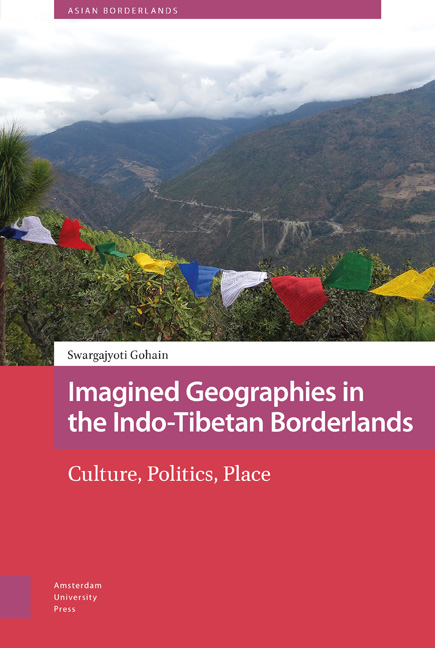Summary
On the way to the India-China border post around 42 km from Tawang town, there is a lake called Tsho Nga Tser. According to popular memory, this lake was formed after an earthquake created a crater in land that was traditionally used as grazing pastures. Tser means ‘grazing land’, and since villagers used to pay nga (‘five’) coins to the owner of the land in exchange for the customary right to graze their cattle, the tsho (‘lake’) came to be known as Tsho Nga Tser. In 1996, Bollywood director Rakesh Roshan shot a Hindi film, Koyla, at this location, and since then the lake has become famous as Madhuri Lake after the popular actress Madhuri Dixit who acted in the film. As local army men, taxi drivers, and others serving the tourist business started referring to the lake as Madhuri Lake, the new name gradually upstaged the older; and a signboard with the name Madhuri Lake also appeared by the roadside (The Telegraph, 8 July 2009).
Many places in Monyul have similarly acquired Hindi names, or a Hindified pronunciation of local names, due to the settlement of mostly Hindi-speaking military populations from other parts of India. As army camps spring up, places get new names through arbitrary assignment. People say, for example, ‘In Muna camp, there [allegedly] used to be a general called Muna and so they started calling it Muna.’ The name sticks, and gradually the areas surrounding the army camp come to be called by the same name.
Places also get new names through the displacement of bastis (‘hamlets’) to newly-formed urban settlements. Entire hamlets are gradually evacuated as the population resettles in the encampments that develop by the side of the main road. For example, Rahung, a village in West Kameng originally located atop a hillock, was resettled alongside the road from Dirang to Bomdila when many of the villagers began to work as construction workers or suppliers for the army. A second army settlement, Jyoti Nagar (‘the town of light’), adjoining Dirang town was previously called Nangrobchap (‘behind the hill’) and was part of Yewang village; when Yewang sold the land to the army, its name became Jyoti Nagar. In quite a few cases, the new names have also replaced the older place names in postal communication.
- Type
- Chapter
- Information
- Imagined Geographies in the Indo-Tibetan BorderlandsCulture, Politics, Place, pp. 137 - 166Publisher: Amsterdam University PressPrint publication year: 2020

